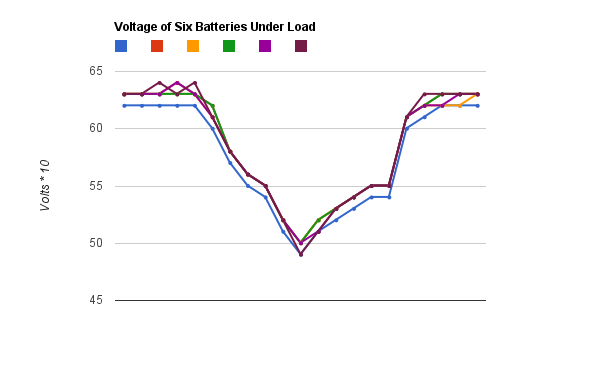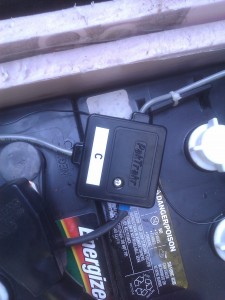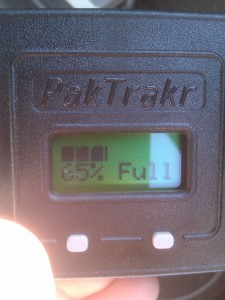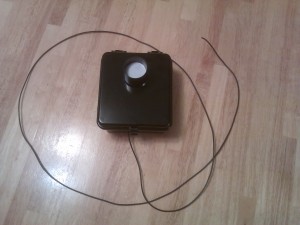
I caught a deal on cricut.com where they were selling their original “Cricuit Personal Cutter” (refurbished) for $49.99 ($65 with shipping). This seemed like a very good deal to me, so I bought one. By itself, the Cricuit can cut specific shapes and letters from paper (it includes a free set of shapes/letters, and you can purchase cartridges to add more). I plan on using it to cut metal foil (one of the few things you can’t cut with a laser cutter, because it is reflective) and potentially make stencils. I may also be able to use it as a plotter using special attachments for pens. (Circuit board resist markers anyone?)
To make full use of it, I wanted to be able to cut arbitrary paths from my material, which means controlling the Cricut from my computer. Continue reading








